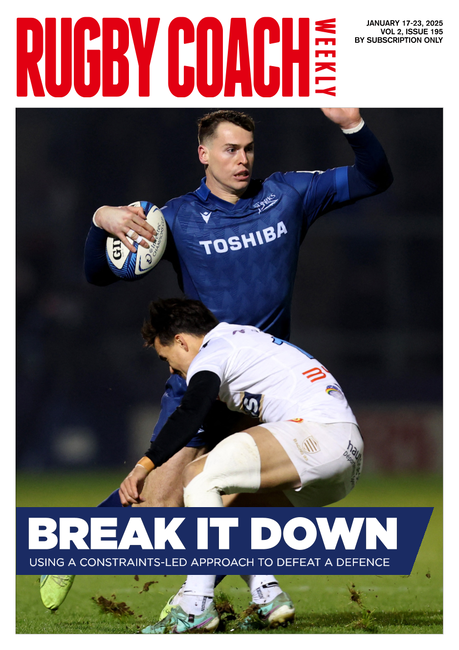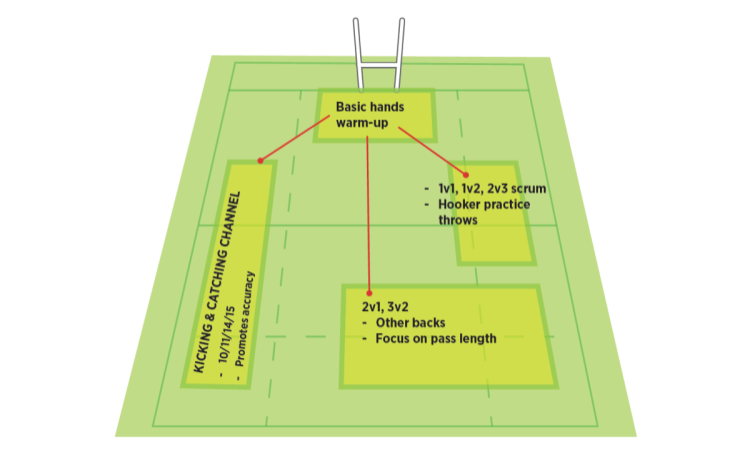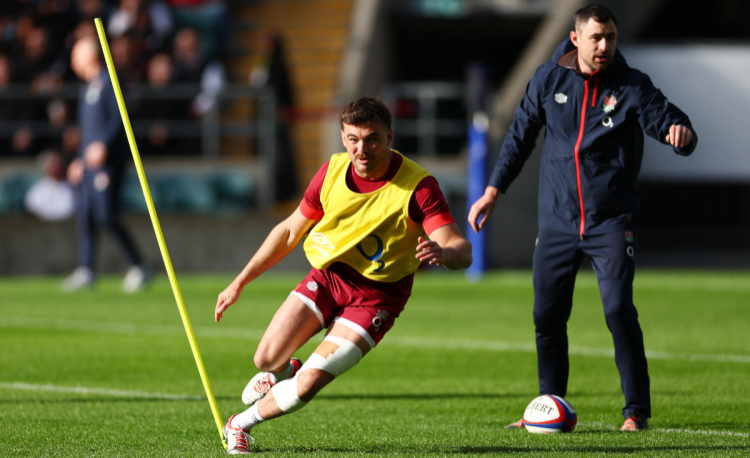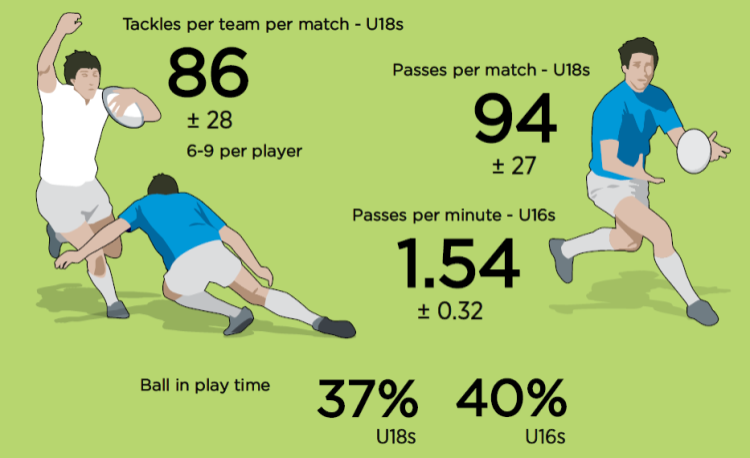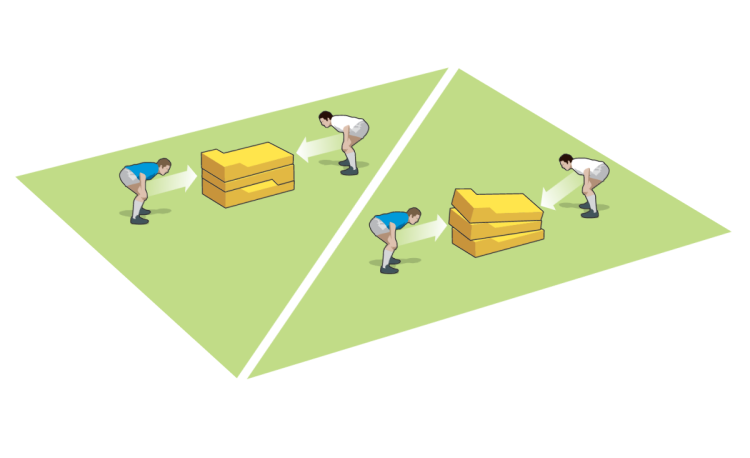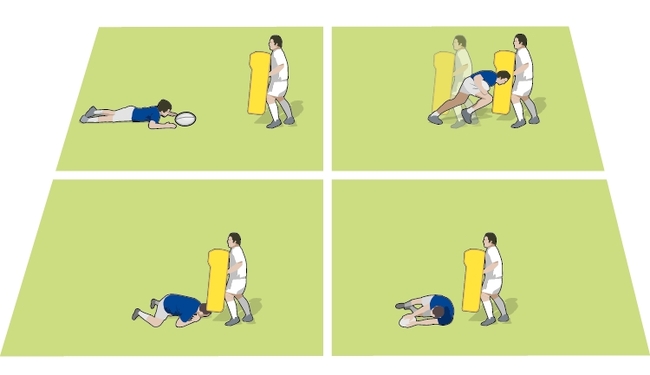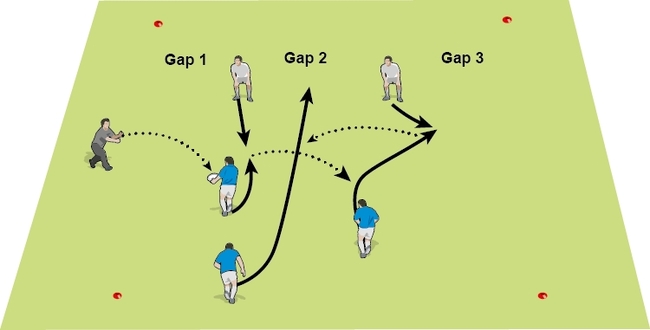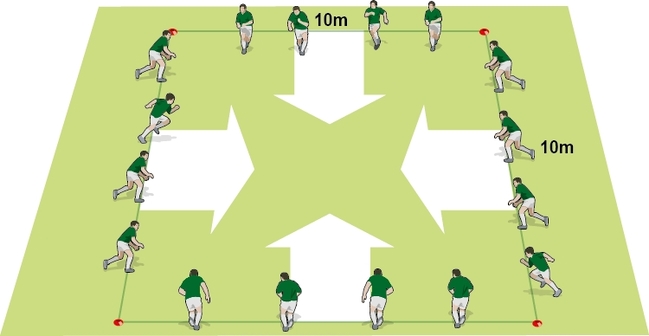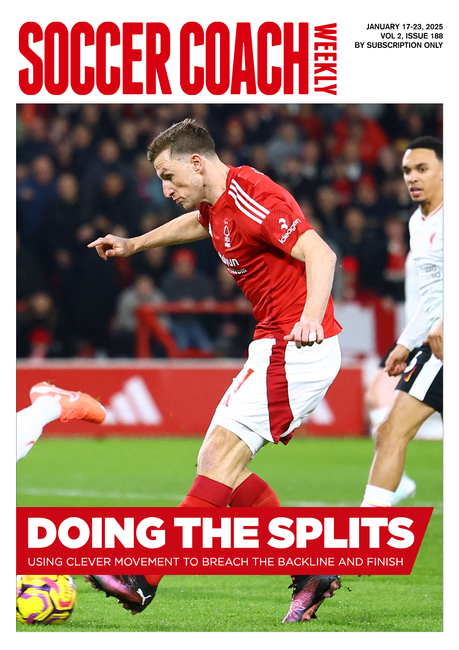Test your team’s running fitness
Fitness & Conditioningby Dan Cottrell
Before you begin training in earnest, you should establish what base your players are starting from. In the first of two articles on testing, we look at different ways to measure running fitness levels…

There are some excellent fitness tests about, such as the Yo-Yo test, but they require a speaker system and dry ground to work on.
To keep it simple, use tests that don’t require much equipment and where the results will be easy to understand. You want to be able to record the results quickly so you can post them up for the players to see.
Fitness comes in two basic forms:
Put players into pairs with two cones per player. Start one player from each pair on your try line. When you say “go”, he runs lengths of the pitch holding a cone.
When 3 minutes is up, he drops the cone on the ground. Clear the pitch of players and then each player’s partner repeats the exercise. Both players then repeat, giving every player two distances. You now record the average distance.
Put players into pairs and spread out cones at 5m intervals over 30m. The first player runs to the first cone (at 5m) and back to the start, then to the second cone (at 10m) and back to the start and so on. If he reaches the last cone before 30 seconds is up, he works his way back down.
At 30 seconds, shout “stop” and the partner shouts out to a person recording the scores the distance travelled (to the nearest 5m). The player then repeats after 30 seconds’ rest. He does this five times in all, with the total distance being recorded. The player’s partner then steps up to do the test. To help you record the distances covered in this test, here's a sheet and a link to an editable document below.

Editable fitness runs document
Ideally, run the tests at the start of pre-season and then again near the end. Keep the testing to no more than 15-20 minutes each time, but make sure the players know in advance it’s happening. It will tell you something about their “character” because some players may choose not to turn up. Use our results sheets to record the distances covered in the tests and the improvement between the dates.
Many elite teams, like New Zealand and Wales, use the Yo-Yo test to measure fitness. It’s like the “bleep test” – in which you do shuttle runs in time with everquickening bleeps – but with an active recovery element, replicating the type of intermittent running present in rugby.
Players run up and down a 20m stretch, aiming to get back to the start line before the second bleep. They then have 5 seconds’ recovery time before repeating. They have one chance to miss the finish line before being disqualified. The time to complete the distance reduces as the test goes on.
See the All Blacks using the Yo-Yo fitness test. No prizes for guessing who survived the longest…

There are some excellent fitness tests about, such as the Yo-Yo test, but they require a speaker system and dry ground to work on.
To keep it simple, use tests that don’t require much equipment and where the results will be easy to understand. You want to be able to record the results quickly so you can post them up for the players to see.
Fitness comes in two basic forms:
- Aerobic – the ability to operate at a certain level of activity for a sustained period of time.
- Anaerobic – the ability to produce power and speed.
THE 3-MINUTE TEST
Put players into pairs with two cones per player. Start one player from each pair on your try line. When you say “go”, he runs lengths of the pitch holding a cone.
When 3 minutes is up, he drops the cone on the ground. Clear the pitch of players and then each player’s partner repeats the exercise. Both players then repeat, giving every player two distances. You now record the average distance.
THE 30m FIVE-RUN TEST
Put players into pairs and spread out cones at 5m intervals over 30m. The first player runs to the first cone (at 5m) and back to the start, then to the second cone (at 10m) and back to the start and so on. If he reaches the last cone before 30 seconds is up, he works his way back down.
At 30 seconds, shout “stop” and the partner shouts out to a person recording the scores the distance travelled (to the nearest 5m). The player then repeats after 30 seconds’ rest. He does this five times in all, with the total distance being recorded. The player’s partner then steps up to do the test. To help you record the distances covered in this test, here's a sheet and a link to an editable document below.

Editable fitness runs document
Ideally, run the tests at the start of pre-season and then again near the end. Keep the testing to no more than 15-20 minutes each time, but make sure the players know in advance it’s happening. It will tell you something about their “character” because some players may choose not to turn up. Use our results sheets to record the distances covered in the tests and the improvement between the dates.
THE YO-YO TEST
Many elite teams, like New Zealand and Wales, use the Yo-Yo test to measure fitness. It’s like the “bleep test” – in which you do shuttle runs in time with everquickening bleeps – but with an active recovery element, replicating the type of intermittent running present in rugby.
Players run up and down a 20m stretch, aiming to get back to the start line before the second bleep. They then have 5 seconds’ recovery time before repeating. They have one chance to miss the finish line before being disqualified. The time to complete the distance reduces as the test goes on.
See the All Blacks using the Yo-Yo fitness test. No prizes for guessing who survived the longest…
Related Files
test-your-teams-running-fitness.pdfPDF, 193 KB
Newsletter Sign Up
Coaches Testimonials

Gerald Kearney, Downtown Las Vegas Soccer Club

Paul Butler, Florida, USA

Rick Shields, Springboro, USA

Tony Green, Pierrefonds Titans, Quebec, Canada
Subscribe Today
Be a more effective, more successful rugby coach
In a recent survey 89% of subscribers said Rugby Coach Weekly makes them more confident, 91% said Rugby Coach Weekly makes them a more effective coach and 93% said Rugby Coach Weekly makes them more inspired.
Get Weekly Inspiration
All the latest techniques and approaches
Rugby Coach Weekly offers proven and easy to use rugby drills, coaching sessions, practice plans, small-sided games, warm-ups, training tips and advice.
We've been at the cutting edge of rugby coaching since we launched in 2005, creating resources for the grassroots youth coach, following best practice from around the world and insights from the professional game.


